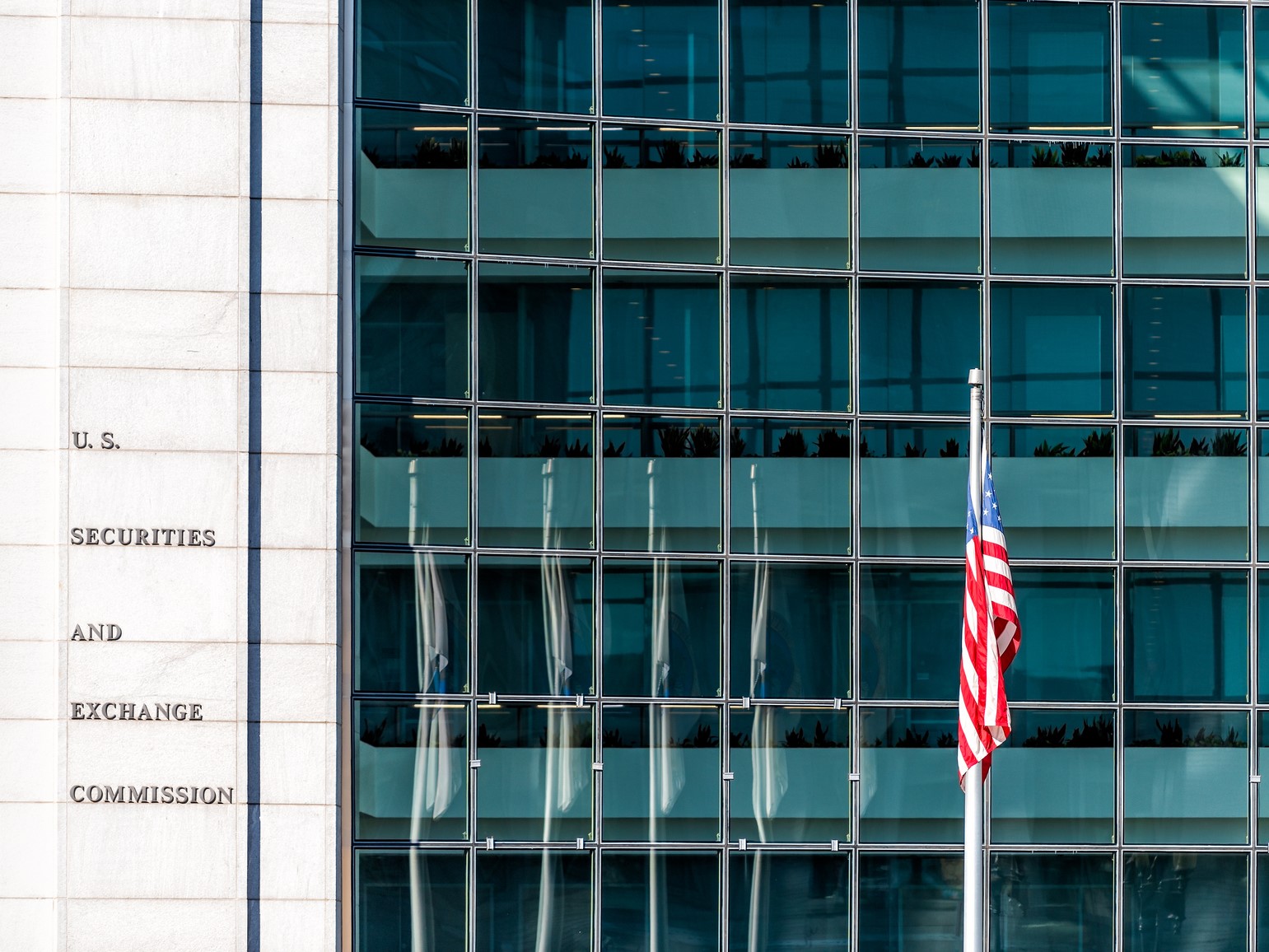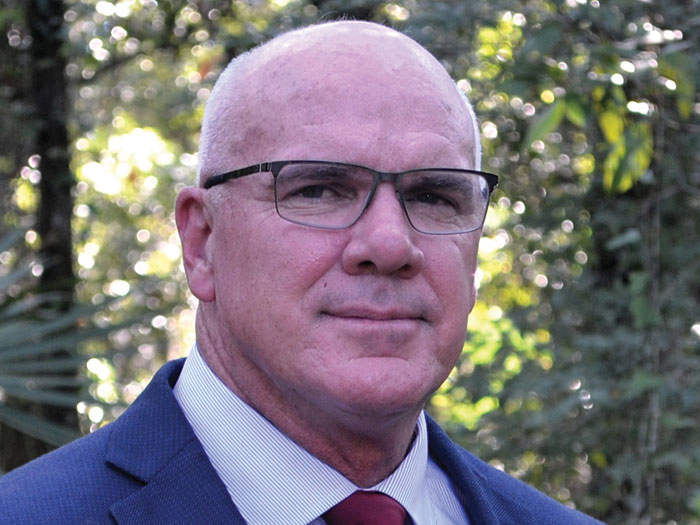Captive Insurers Save Owners Billions Even As Hard Market Abates

AM Best-rated captive insurers preserved an estimated $6.6 billion for their owners between 2019 and 2024 — funds that would have otherwise flowed to the commercial insurance market — while continuing to outperform traditional insurers on key financial metrics, according to AM Best’s latest captive insurance review.
The number of U.S. domestic captives increased to 3,466 in 2024 from 3,365 the previous year, continuing a steady but slowing trend as the hard insurance market that began around 2018 gradually abates in certain coverage lines. Vermont leads all U.S. domiciles with 683 captives, followed by Utah with 462, North Carolina with 293, Delaware with 285 and Hawaii with 272.
The formation surge initially driven by rapidly rising commercial insurance costs has evolved into a more strategic approach, with captives becoming permanent enterprise risk management tools rather than temporary market reactions, AM Best said. Single-parent captives represented 30.4% of AM Best’s rated universe of 217 entities in 2024, followed by group captives at 24.4%, risk retention groups at 21.2% and other structures, including cell captives and reciprocals, at 24%.
Cell captives have gained particular traction among small- and medium-sized enterprises seeking customizable coverage for risks that may be meaningful to business owners but relatively remote, such as key-person insurance, loss of major customers or lower-level business interruption coverage, according to the report.
The superior financial performance of captives versus the commercial market remains stark. Over the past five years, AM Best-rated captives achieved an average combined ratio of 88.0 compared to 97.0 for the commercial casualty composite, while posting an operating ratio of 78.5 vs. 86.4 for commercial carriers, according to the report.
Emerging Coverage Areas Present New Opportunities
Captive insurers are increasingly expanding into coverage areas that were previously difficult or expensive to obtain in the commercial market, AM Best noted.
“There continues to be a noticeable increase in the adoption of captive insurance solutions by owners, sponsors and managers, although the pace of formations has slowed some as the hard market has gradually abated in certain lines of business, such as D&O or cyber,” said Dan Teclaw, director of AM Best. “However, overall usage of captives for new lines or coverages such as employee benefit risks or parametric contracts is still expanding, reflected by sustained year-over-year increases in premiums.”
Cyber insurance has emerged as a growing area of interest, with organizations using captives to participate in specific layers of their cyber towers or fill deductible gaps as cyber attack sophistication continues to evolve, the report said.
Employee benefits coverage is gaining momentum, according to AM Best, as organizations seek to control medical costs and combat medical inflation through their captives. Health care liability represents another growth area, with medical groups, hospitals and long-term care facilities leveraging captives for medical malpractice, professional liability and other exposures amid rising claim severity and social inflation pressures.
Property coverage remains a key focus despite some market stabilization, the report said, as captives step in to provide deductible reimbursement, gap-filling in primary layers and excess coverage. The ongoing impact of catastrophes, climate risks and inflationary pressures continues to create opportunities for captive participation.
Several states are exploring innovative captive applications, including Arkansas’s new state-owned captive for public school and state property insurance, following a similar program launched in Tennessee in 2022, AM Best noted. Additionally, Delaware and Oklahoma have enacted legislation allowing captives to write Side A directors and officers coverage, providing protection when companies cannot indemnify their individual directors and officers, the report said.
Market Pressures Test Captive Resilience
Despite their strong performance, captives face mounting challenges from social inflation, litigation financing and macroeconomic pressures that drove up claims costs in 2024, according to AM Best. Litigation financing, where third-party investors fund plaintiff attorneys in exchange for settlement shares, is contributing to longer litigation durations and more extreme verdicts.
These pressures are forcing captives to strengthen their claims expertise and settlement practices while potentially weakening prior-year loss reserve adequacy, according to AM Best.
New regulatory scrutiny also presents challenges for some captive owners, the report noted. The IRS published final regulations in January 2025 identifying certain micro-captive transactions as reportable transactions, imposing additional administrative and financial burdens on small captives electing 831(b) tax treatment.
Obtain the full report here. &










